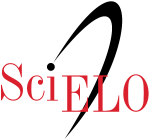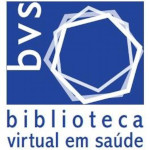Readability of assent forms used in research with children
Abstract
This article analyzes the readability of assent forms aimed at children aged 6 to 12, present in theses
and dissertations defended between 2012 and 2019, which were accessed through the theses portal
of the Coordination for the Improvement of Higher Education Personnel. Among 45 productions,
only 16 provided assent forms for children, which were subjected to the Flesch index and lexical analysis
using IRAMUTEQ. Lexical achievement above 80% demonstrated five classes in the descending hierarchical
classification: guarantee of anonymity, understanding for authorization, invitation to participate,
participant rights, and research theme. In the word cloud, “research” and “principal investigator” were the
most recurrent expressions. Only one document presented readability compatible with the elementary
school level (1st to 5th year), and the majority included words that were difficult to understand.
Image language can improve children’s understanding, favoring their autonomy and empowerment.




















